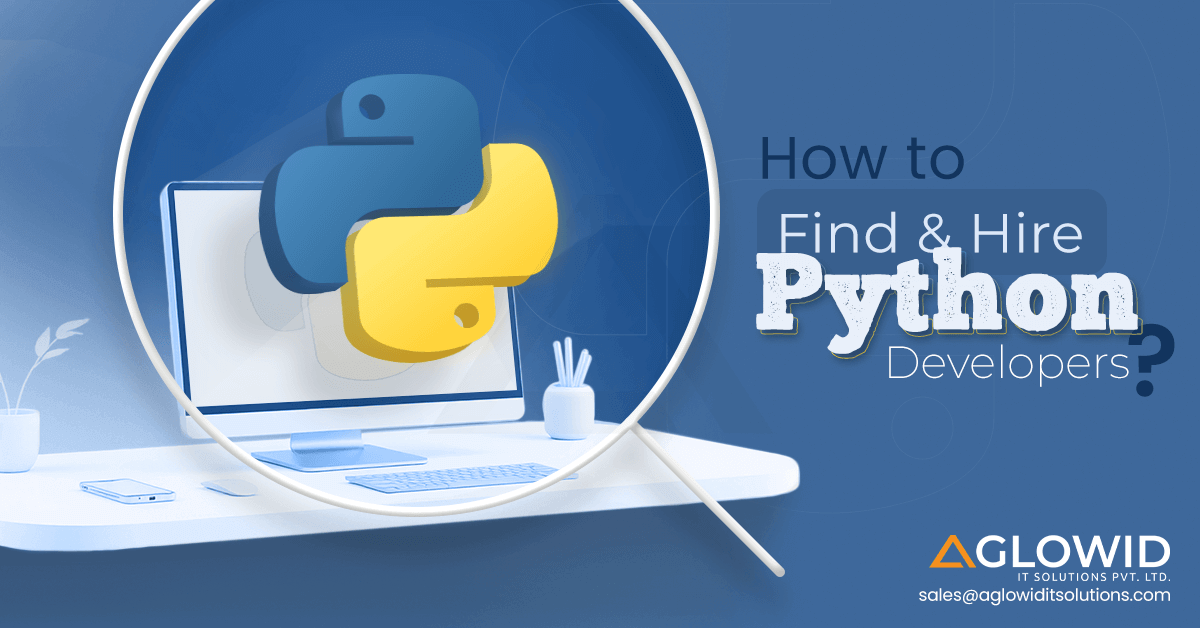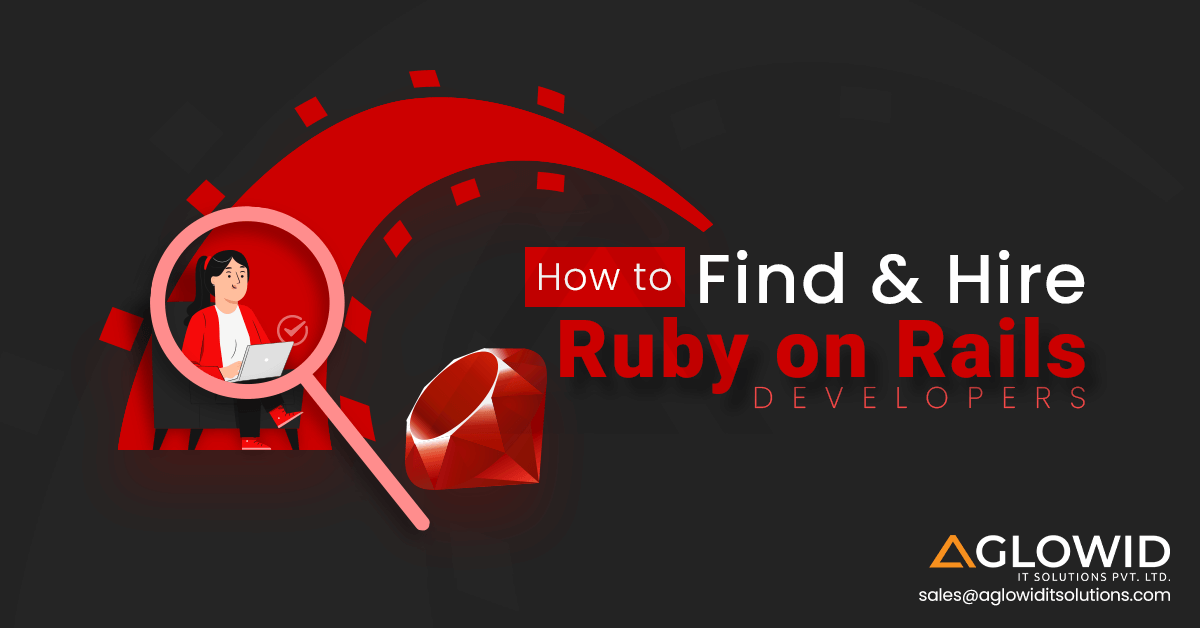When we have a mobile or web app project, we look for a developer. We hire either Front-end, Back-end or Full Stack Developer. So, in general term we use developer, but Front-end, Back-end and Full Stack are used in particular terms.
That’s the reason many of us are remain confused, thinking that what the heck these terms are in development sense. If you are new to this industry, then you may be totally unaware of these kinds of stuff.
Sometimes, we stuck between these questions;
- What is Front-End?
- What is Back-End?
- What is Full Stack?
- What are the technologies used for Front-End Development?
- What are the technologies used for Back-End Development?
- What are the technologies used for Full Stack Development?
- What benefits offered by these technologies?
We have gone through various articles online and hardly found any article that gives a complete overview of these things. So, our effort is to provide the perfect and comprehensive information of these three technologies and help you understand the true aspects of front-end, back-end, and Full stack development. We have tried our best to answer all these questions raised by people from various professions. Let’s take look.
What is Front-End?
“Front-End,” also known as client-side represents what the user sees and directly interacts with. In simple term, the visual part of a website or application is front-end or client side. It decides how things such as content, image, UI be presented before the users. Let’s find some interesting facts about front-end.
- Front-End also known as ‘client side’
- HTML, CSS, and JS produced to enable Website and Application to interact with users
- Changes in tools and technique occur constantly
- Front-end associate’s layout, design, and UI
- Front-end runs either in user’s local computer or in a web browser
What is Back-End?
“Back-End” or “Server Side” refers to the thing that plays its role behind the scene. That means back-end ensures how the front-end will act. It refers to the part which lives on the server and helps front-end interact properly with users. In simple term, the back-end is the water below the iceberg.
To understand back-end properly, you need to understand the process clearly. The back-end is like a machine that helps users to bring data from the ‘Database.’ We have explained how things occur between Front-end and Back-end in the paragraph given below. But before, let’s catch up with some facts of the back-end.
- Back-end directs front-end what to show
- Runs on server
- Uses popular languages like Ruby, Python & Django, PHP and JS
How Front-End & Back-End Establishes Co-Ordination
To understand the co-ordination front-end with the back-end, you need to understand the basic example of how things take place. Let’s take an example;
- When you (as a user) opens a browser
- What appears on screen is front-end (Client side)
- The user then browses something like “google.com“
- Then the client sends the request to the server (back-end)
- Back-end or server now receives the request and replies with the suitable answer from the database
- The client receives the meta-data also known as headers
- Metadata is followed by page source
- Client (front-end) then renders the page source into human view
- Here, in this case, you will get Google’s homepage
- Now the process continues
What is Full Stack?
“Full Stack” typically refers to the group the technologies that combine together to make a robust application. You can also say that when you combine Front-end and Back-end, it becomes Full Stack. Basically, a mobile or a web application requires various frameworks and libraries, apart from the main one to make it a fully customized. You may have to go through the various development processes if Full stack development is not applied. In simple term, it performs tasks at any level of the technical stack such as creating back-end and front-end and integrating it with the database. Here are some facts about Full Stack development.
- A front-end development involves all frameworks that require creating a UI/UX
- Fulfills overall requirement for an application
- Uses all required languages, frameworks, and libraries
- Provide complete app solutions at one place
- Prevents clients look for one specialist developer to another
What are the Technologies Used for Front-End Development?
Front-end involves many tools and technologies and selection of technology also depends on the choice, app requirement, business circumstances, and technology trend as well. For example, you can find front-end technology in bulk, and each specializes in certain things. Front-end development has a few objectives to serve such as creating an excellent website’s user-facing code and architect immersive user experience. Well, to properly execute these objectives, the Front-end development needs the following tools and technologies;
Adept the main three languages;
- HTML: Standard markup language to create pages for web
- CSS: It stands for Cascading Style Sheets that describes doc written in HTML
- JavaScript: It’s a standard programming language
Adept the following Front-End development tools;
- Bootstrap: Front-end framework containing design templates.
- Foundation: Responsive framework containing components, templates, etc.
- Backbone: Awesome framework to separate the model, view, and router.
- AngularJS: The best framework for SPA (single page application)
- EmberJS: It is also good for creating a single page-web application
Required the following libraries;
- ReactJS: Best front-end library for building quality User Interface
- jQuery: It’s a kind of JS library that works to simplify things in development
- LESS: Designs adaptive website with the support of CSS grid
Front-end development technologies may go a bit longer, and you will come to know this overtimes. However, it’s a complete list of technologies including languages, frameworks, and libraries.
What are the Technologies Used for Back-End Development?
The back-end is something that inspires front-end and it ensures how front-end would behave. There are plenty of things including languages, frameworks, libraries and other tools are involved in making the back-end robust.
Here are some of the top technologies that include languages, frameworks, etc.
- PHP: It’s a server-side scripting language, designed to make development easy and appealing.
- ASP.Net: It’s a server-side scripting engine by Microsoft, help to generate web pages.
- C++: It’s a programming language for generic purposes.
- C#: C# is generic purposes programming language used as back-end technology.
- Java: It’s a very popular programming language for the back-end.
- Python: It’s a design philosophy that encourages code readability.
- Node.js: Node.js is a powerful framework as well as language used for back-end development.
- Ruby: Ruby often works with Rails, called as Ruby on Rails is framework/programming language used for back-end development.
- GO: Go is also a programming language which similar to C.
What are the Technologies Used for Full Stack Development?
Full Stack is a combination of front-end and back-end. All the technologies including frameworks, libraries, languages used for client side and server side can be called full stack technologies.
Benefits of Front-End
Plenty. Yes, we can say that there are plenty of benefits of using Front-end development. However, before we take a deep dive into the benefits of it, we need to explore and dig out what application does front-end development used for? So, here we go with the answer.
- Front-end development is important for;
- Creating features, developing tools for online stores
- Developing a trendy and responsive website
- Web application for mobility segment
- Used for high traffic web zone such as shopping sites, news sites, etc.
- Upgrading the old website into traditional one
- Creating UI/UX
In simple term, front-end development can be applied to every website to make it compatible with the traditional web app trends. As far benefits part of front-end development is concerned, it offers the bulk of benefits to both developers and clients. Let’s take look
- Front-end encourages speed development
- Uses modern frameworks
- Supports faster development
- Shortens process
- Ease of development
- Fully secure coding
- Quick and reactive features
- Supports powerful layout
- Supports real-time programming
Role of Back-End
Back-end plays a very integral role. In fact, it’s a machine or engine that runs application or website. To understand “back-end” in a better way, you need to explore the “HOW FRONT-END & BACK-END ESTABLISHES CO-ORDINATION” paragraph. If we are exporting goods to some other place, then the goods carrier will be our ‘Back-end.’ It will fill goods from our store (Database) and take it to the shop where it has received the request from.
Benefits of Full Stack Development
Full Stack is very much in trend now. There are many reasons for the growing popularity of the stack. You need to understand the process of development and then you will easily guess why Full Stack development received so much attention.
For example, if you have to get a web application developed, you need to go through all the processes the application required. The process involves;
Front-End development + Back-End development
The need for Full Stack Development
The thing is you have two separate developers to complete the project. The process is very much effective and popular as well. However, it involves an extensive process, consumes a lot of time and you may need to establish better coordination between the two developers. For an instance, if a front-end developer is working on a project and he sticks somewhere in between due to loopholes in the back-end, then you need to contact the back-end developer immediately. And, the process may take a lot of time.
That’s where Full Stack development comes into the picture.
It removes the barriers that might occur in between the development process. As we have explained earlier that Full Stack development refers to the developer who knows both ‘Front-end & Back-end.’ He doesn’t need to wait for anything. It will cut development duration and save money, no doubt.
Here are some of the benefits of Full Stack development in points.
- Supports easy switching between the two stacks (Front-end and Back-end)
- Saves time and money
- Development and design at one place by one person
- Complete solutions to the problem if occurs
- Easy to upgrade
In short, ‘Full Stack’ is very important for small and medium scale enterprises. You can get many benefits and perfect web app solutions at one place.
Cost to Hire Front-End Developers
Many have this question. However, the cost to hire Front-end developers depends on the size and requirement of the application. However, the price may go ups and downs depending on the developers and country you hire the developers from. For example;
According to the states, the average salary of a ‘Front-end’ developer in the United States is $108,415 per year which is very high as compared to the developers from the other countries. For instance, you can hire Front-end developers from India at $6661.75 per year only.
Source: Indeed
Cost to Hire Back-End Developers
The same thing applies here as well. Cost of hiring back-end developer will depend on the country and developer you choose. However, if you choose a developer wisely, you can save big bucks and hire talented developer. The average salary of a Back-end developer in the United States is $127,392 per year while goes lowest with Indian developers who get $2885.53 per year. It’s a huge difference.
Source: Indeed
Cost to Hire Full Stack Developers
If you want to hire Full Stack developer at a reasonable price, then you need to explore the right developer from the right country. For example, if you are looking for cost-effective Full Stack development solutions in the US, then you are not going to get it anymore or you may have to compromise with the quality of the project. Let’s check out the average salary of Full Stack developer in two countries.
If you look at the states, you will find that there is a sky of difference between the US developers and Indian developers. An average salary of the Full Stack developer in the USA is $113,569 per year while it goes as minimum as $9213.73 to Indian Full stack developers. As far the quality is the concern, you can take a trial before you sign a company or developers.
Source: Indeed
Many software development companies in the USA and India may be providing free trial that can be the best way to judge the expertise of company and developers.
Looking for Comprehensive
Full Stack Development Services




